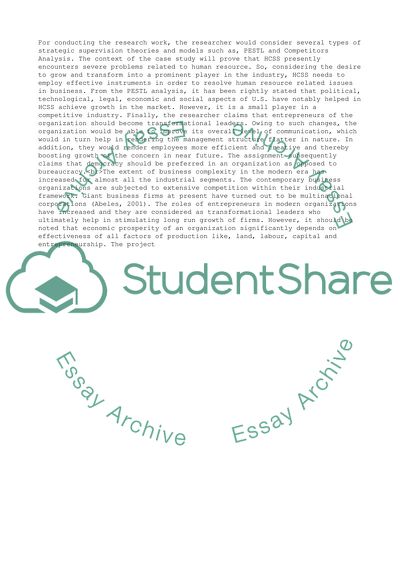Cite this document
(Not Found (#404) - StudentShare, n.d.)
Not Found (#404) - StudentShare. https://studentshare.org/business/1822574-business-integration-case-study-on-hcss-and-report
Not Found (#404) - StudentShare. https://studentshare.org/business/1822574-business-integration-case-study-on-hcss-and-report
(Not Found (#404) - StudentShare)
Not Found (#404) - StudentShare. https://studentshare.org/business/1822574-business-integration-case-study-on-hcss-and-report.
Not Found (#404) - StudentShare. https://studentshare.org/business/1822574-business-integration-case-study-on-hcss-and-report.
“Not Found (#404) - StudentShare”. https://studentshare.org/business/1822574-business-integration-case-study-on-hcss-and-report.


